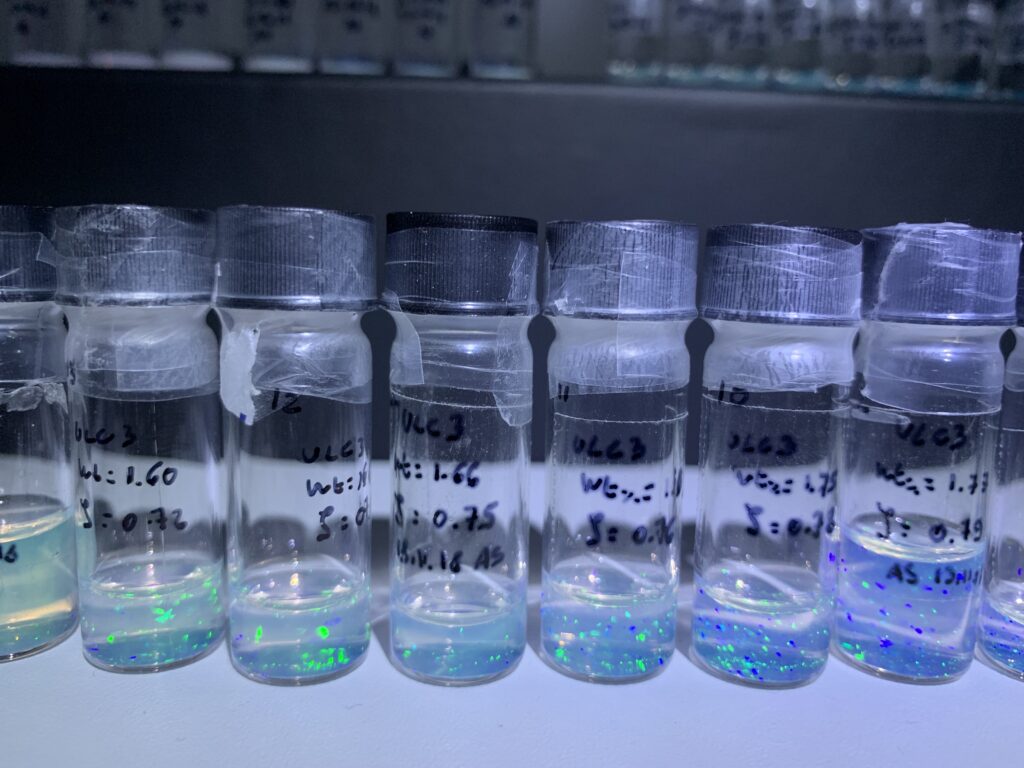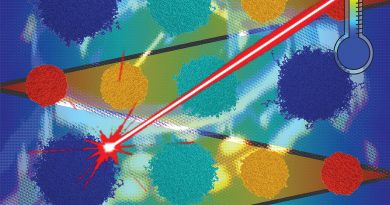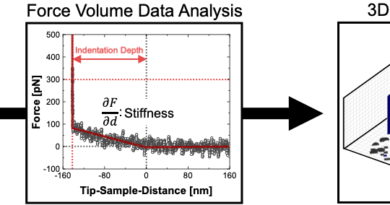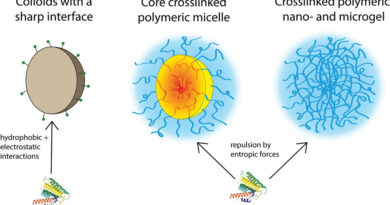Exploring the colloid-to-polymer transition for ultra-low crosslinked microgels from three to two dimensions
In this work we study ultra-low crosslinked poly(N-isopropylacrylamide) microgels (ULC), which can behave like colloids or flexible polymers depending on their environment, e.g. dimensionality, compression or other external stimuli. Small-angle neutron scattering shows that the structure of the ULC microgels in bulk aqueous solution is characterized by a density profile that decays smoothly from the center to a fuzzy surface. Their phase behavior and rheological properties are those of colloids interacting with a soft potential. However, when these microgels are confined at an oil-water interface, their behavior resembles that of flexible macromolecules. Once monolayers of ultra-low crosslinked microgels are compressed, deposited on solid substrate and studied with atomic-force microscopy, a concentration-dependent topography is observed. Depending on the compression, these microgels can behave as flexible polymers, covering the substrate with a uniform film, or as colloidal microgels leading to a monolayer of particles.
A. Scotti, S. Bochenek, M. Brugnoni, M. A. Fernandez-Rodriguez, M. F. Schulte, J. E. Houston, A. P. H. Gelissen, I. I. Potemkin, L. Isa, and W. Richtering
Nat. Commun. 10, 1418 (2019), DOI: 10.1038/s41467-019-09227-5




